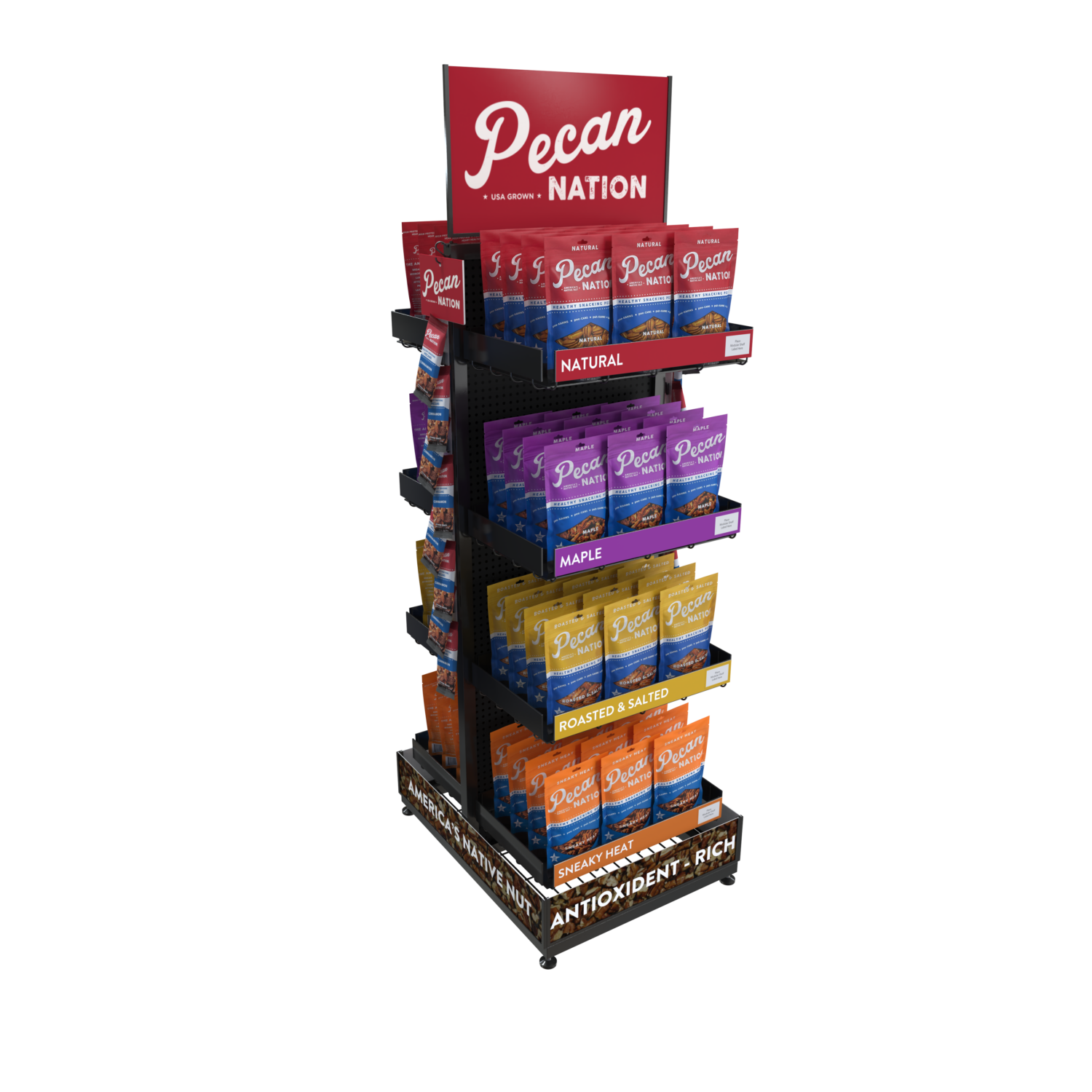When considering in-store marketing strategies, choosing between temporary and permanent displays is crucial, each offering distinct advantages and considerations. Here’s a streamlined explanation, ideal for understanding which type of display could best suit your marketing goals.
Temporary Displays: Why Choose Them?
Pros:
- Flexibility: Temporary displays are ideal for short-term marketing campaigns, such as seasonal promotions or product launches. Their lightweight, often corrugated cardboard construction, makes them easy to install and remove.
- Cost-Effectiveness: Less expensive to produce, these displays are suitable for a limited budget or for testing new products in the market.
- Dynamic Marketing: They can be quickly replaced or updated to align with new marketing themes or consumer trends, keeping the retail environment fresh and engaging.
Cons:
- Durability: Being made from lighter materials, these displays may not withstand long periods of use and are more susceptible to wear and tear.
- Less Impact Over Time: As temporary displays are often replaced, they might not have the same long-term brand reinforcement as permanent fixtures.

Permanent Displays: Why Choose Them?
Pros:
- Durability and Quality: Built from sturdier materials like wood, metal, or high-quality plastics, permanent displays are designed to last and withstand busy retail environments.
- Brand Presence: They enhance brand recognition due to their permanent nature, continually reinforcing the brand’s message and identity in consumers’ minds.
- High ROI: Although more expensive upfront, the longevity of permanent displays often delivers a higher return on investment through continuous exposure and reduced replacement needs.
Cons:
- Cost: Higher initial costs for design, materials, and installation. This can be a significant investment, especially for smaller or newer brands.
- Flexibility: Changes in marketing strategy or branding updates can be challenging to implement without replacing the entire display, potentially leading to higher costs over time.
Decision Factors:
- Campaign Duration: If promoting a product for a short period or seasonally, a temporary display is advisable. For long-term product placement, a permanent display is more effective.
- Budget Constraints: Consider temporary displays for lower upfront costs or when diverse products are frequently introduced. Opt for permanent displays if the budget allows for a long-term investment in a stable product line.
- Brand Strategy: For established products or when strong brand reinforcement is needed, permanent displays make sense. Temporary displays can be more beneficial for testing market reception or for products with short life cycles.

By assessing these factors, buyers can make more informed decisions that align with their marketing strategies and financial plans. Both display types have their place in retail marketing, and choosing the right one can significantly impact the product’s market success.
Berkley, established in 2012, is a proud family-owned and operated business specializing in the production of corrugated packaging and displays. With a commitment to quality and innovation, Berkley serves a diverse range of industries by offering tailored packaging solutions designed to meet the unique needs of each client. As a manufacturer, we leverage our extensive expertise to create both functional and eye-catching corrugated displays that not only protect products but also enhance brand visibility at the point of purchase.
